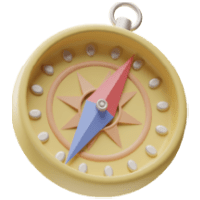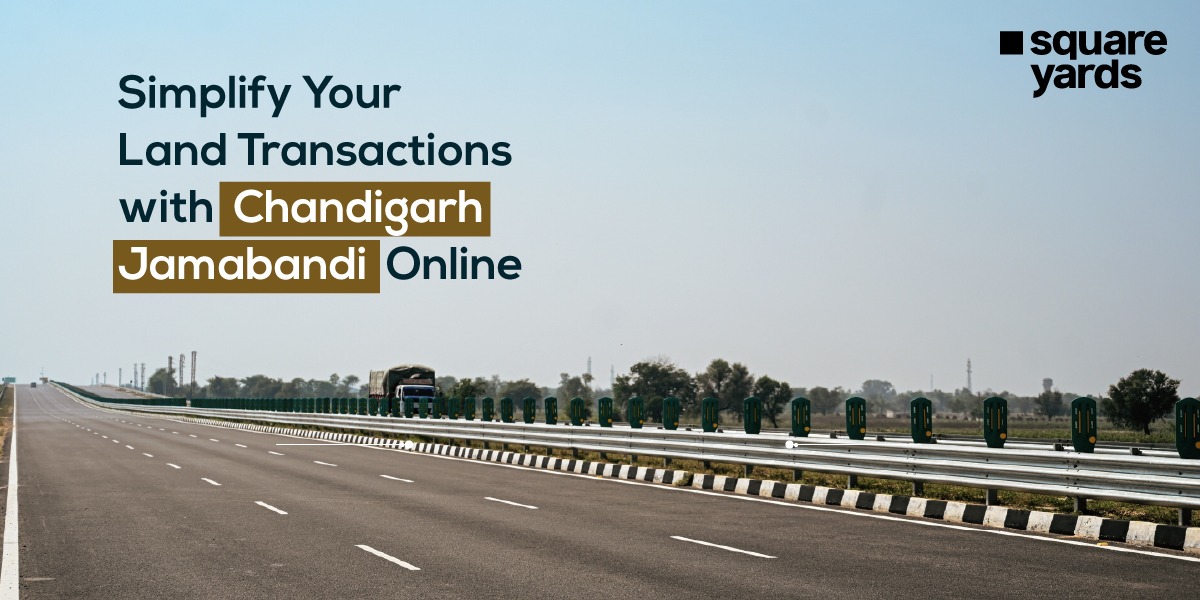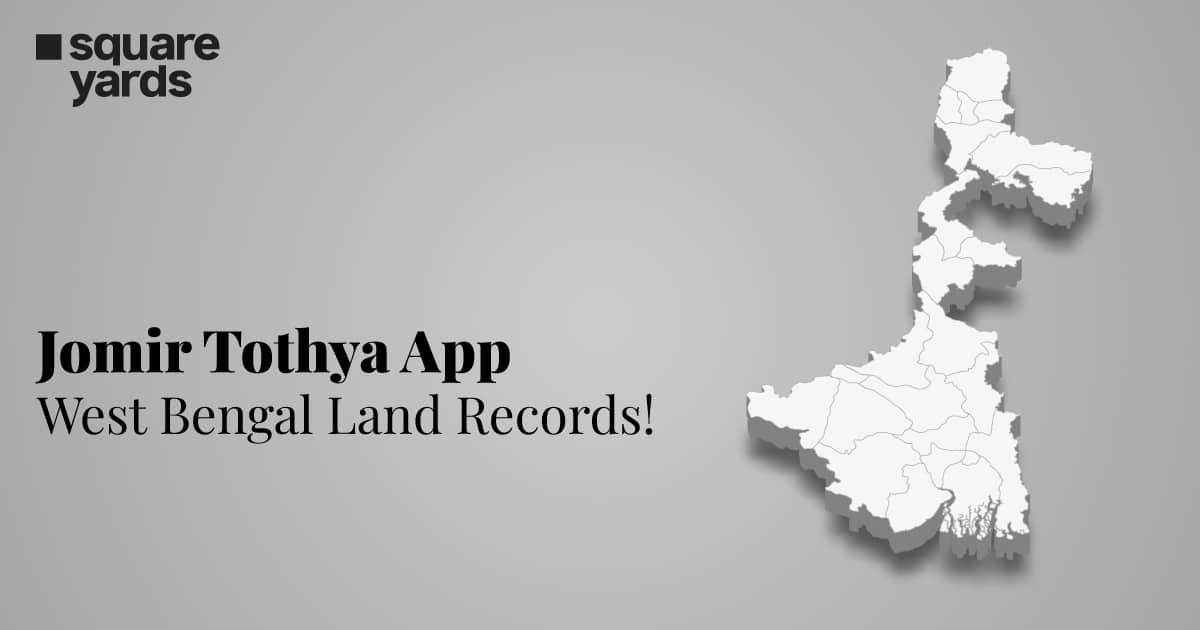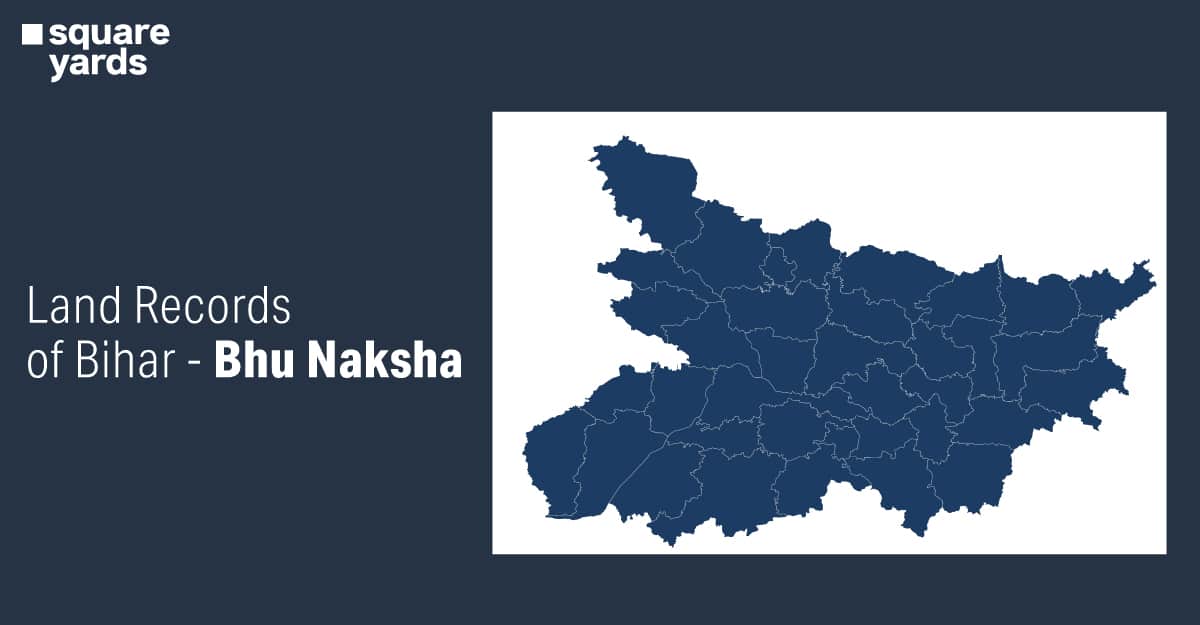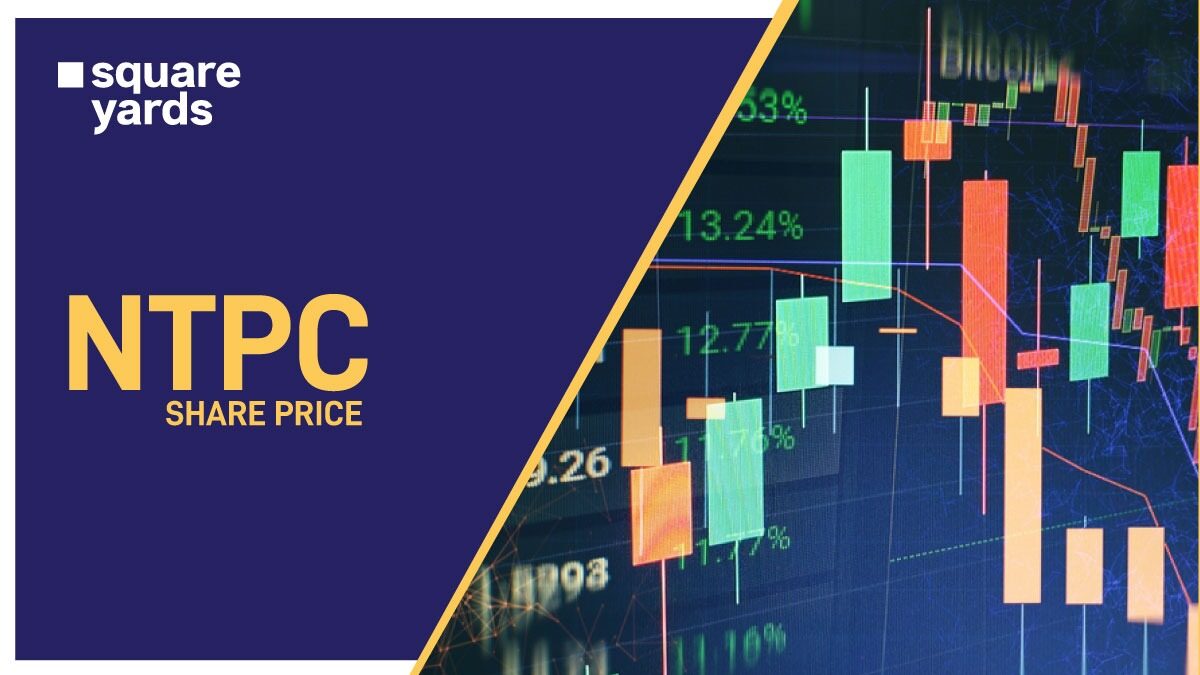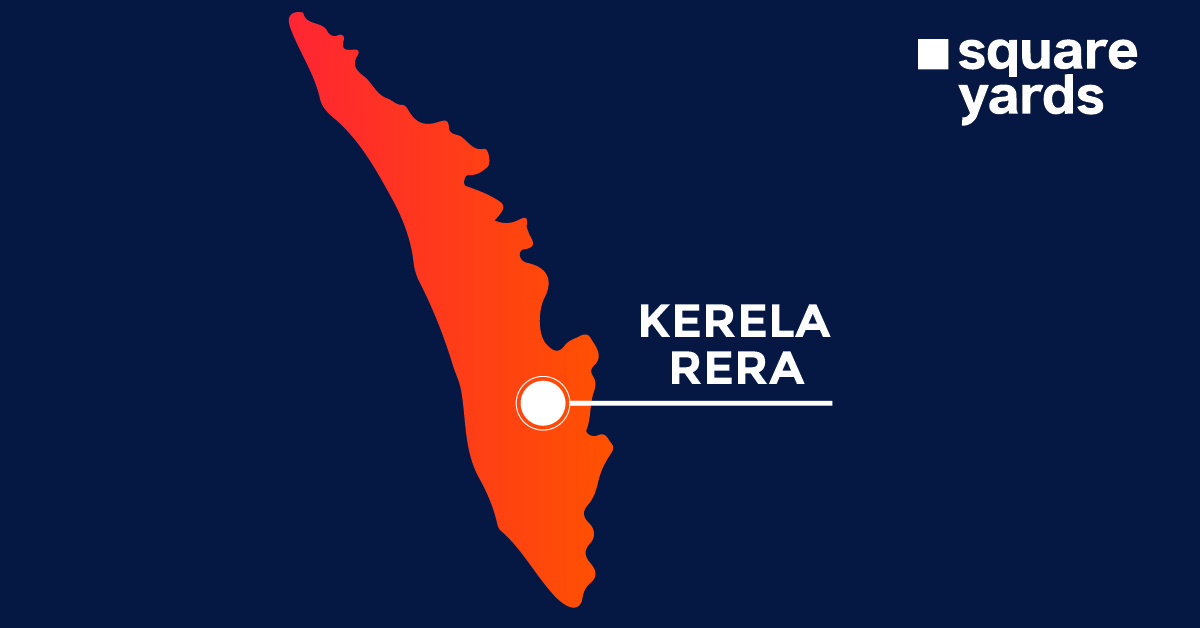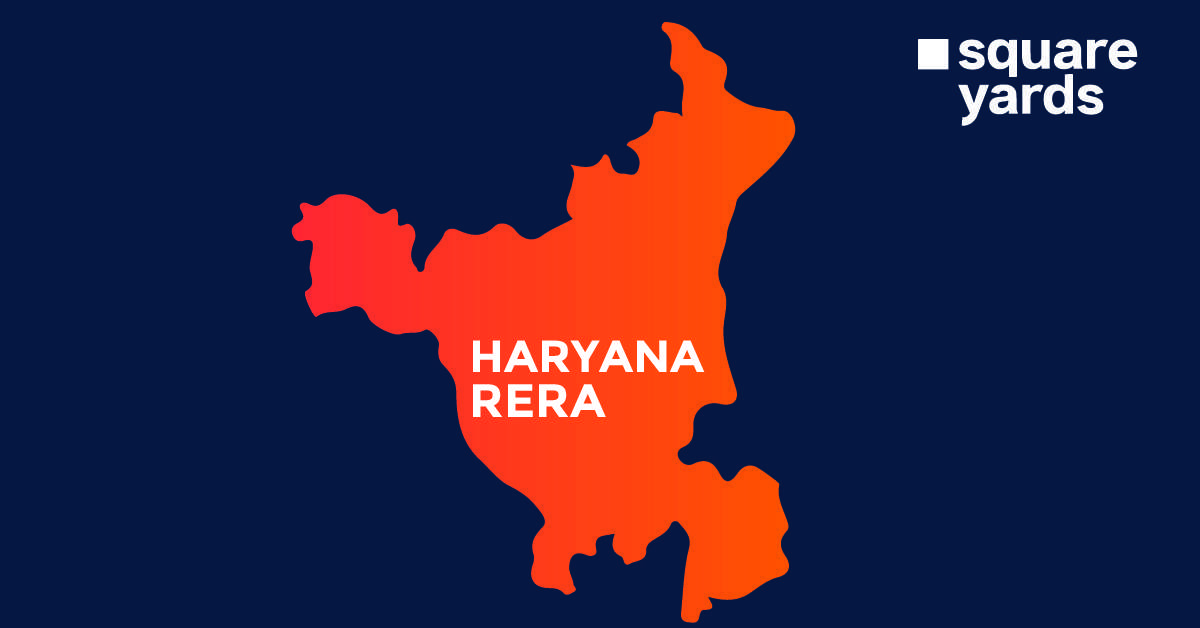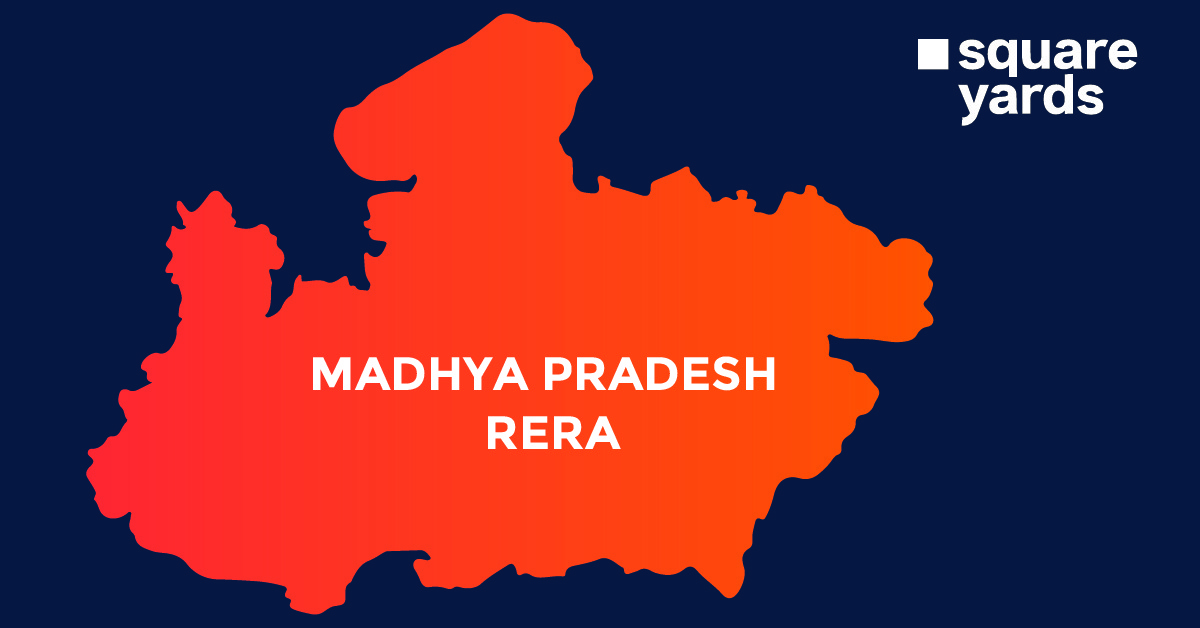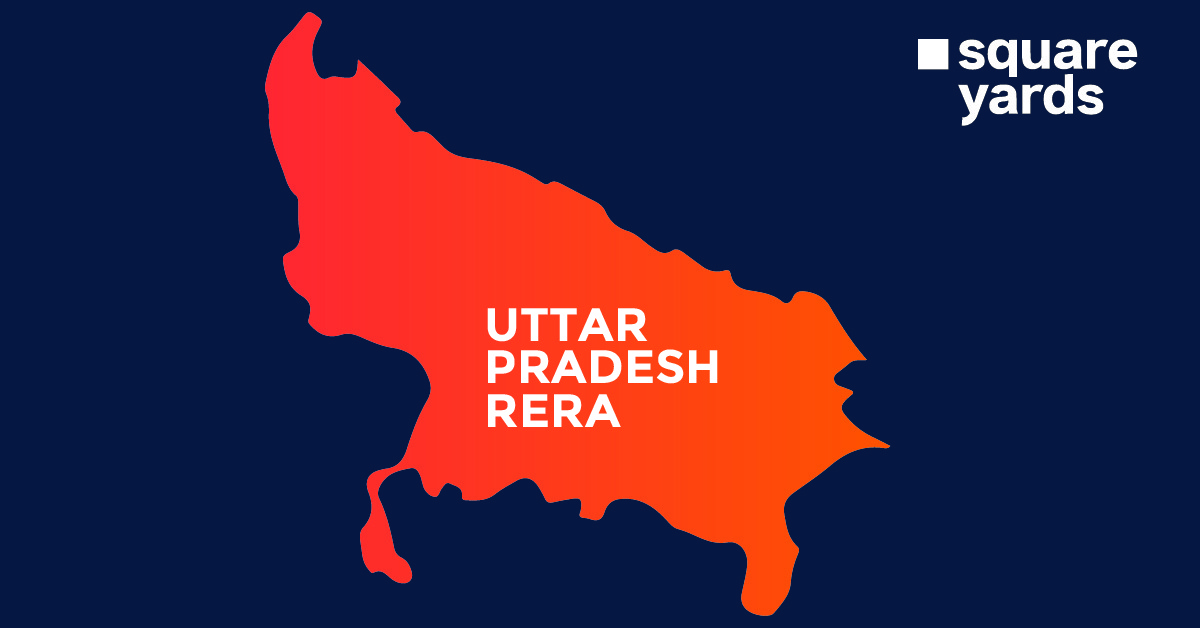Currency conversion is the foundation of the global financial system given the current condition of global trade and cross-cultural interaction. Likewise, the rubles-to-rupee conversion is important for trade as, currently, the ruble is cheaper than the Indian rupee.
Since local economies are so susceptible to even the slightest shift in world affairs, currency conversion frequently significantly impacts the standard of living for a particular population. The currency exchange rate is one of the most significant drivers of a country’s relative degree of economic health, along with variables like interest rates and inflation. Every global market economy depends on trade, which is significantly influenced by exchange rates.
Table of Contents
- Overview Of Russian Ruble (RUB)
- History of Russian Ruble (RUB)
- Russian Ruble Profile
- Overview of Indian Rupee (INR)
- History of Indian Rupee (INR)
- Indian Rupee Profile
- RUB to INR Forecast
- RUB To INR Forecast for 2022-23
- Convert RUB to INR
- RUB Vs INR
- RUB to INR Conversion Chart
- FAQ’s about Convert RUB to INR
Overview Of Russian Ruble (RUB)
The official currency of the Russian Federation is the Ruble, denoted by the symbol ₽, a three Cyrillic characters py6, which translates to RUB in Russian. The ruble, which follows the sterling pound as the second-oldest currency, was first used in the 14th century. It was the first European currency decimalised in 1704 when one ruble was equal to one hundred kopeks. At the end of World War I, a state-owned plant in Moscow started printing Russian ruble notes. Coins were produced at the Moscow Mint and St. Petersburg Mint.
Considering that Russia is one of the leading exporters of oil and natural gas, the ruble’s value tends to fluctuate with international oil prices.
History of Russian Ruble (RUB)
The ruble’s history began in 1704 when Peter the Great regulated the coin’s weight to 28 grams of silver. On December 17, 1885, a new standard emerged, preserving the silver ruble unaltered but decreasing the gold value to 1,161 grams. Subsequently, under the reign of Nicholas I, banknotes were designated as a basis for payments, and the silver ruble was established as a unit of currency and the primary means of exchange.
The ruble’s value was steady until 1971 despite innovations, reforms, and failures. In 1991, as the Soviet Union disintegrated, a new currency design was introduced for Russia. The Central Bank of the Soviet Union released new banknotes and coins into circulation. In addition, the Bank of Russia released notes for 5,000 and 10,000 Russian rubles. In 1993, a new reform was implemented, accompanied by new notes, to end the use of Soviet-era notes.
Russian Ruble Profile
| Symbol | руб., Р., р. |
| Other Names | None |
| Currency Code | RUB |
| Central Bank | Bank of Russia |
| Subunits | Kopek: 1/100 |
| Denominations | Banknotes with denomination ₽50, ₽100, ₽500, ₽1000, ₽5000, ₽10, ₽5, ₽200, ₽2000 are in circulation. Coins with denominations к.10, к.50, ₽1, ₽2, ₽5к.1, к.5, ₽10 are in circulation. |
| Countries Using RUB as Currency | Russia, Tajikistan, Abkhazia, South Ossetia |
| Currencies Pegged to Russian Ruble | None |
| RUB is Pegged to | None |
Overview of Indian Rupee (INR)
The national currency of India is the rupee, which has the ISO code INR and is denoted by the symbol ₹. Its regulation is under the control of the Reserve Bank of India (RBI), the country’s central bank. The term “rupiya” of the Indian rupee derives from a silver coin first produced in the 16th century.
India’s economy used to run on cash, which led to the proliferation of fake money by individuals engaged in illegal activity. The RBI was obligated to modify and add new security elements to INR notes over the years. The most commonly faked bills are typically those with high denominations. The Indian government announced the demonetisation of all 500 and 1,000 rupee Mahatma Gandhi series notes in 2016.
History of Indian Rupee (INR)
A standard coinage was largely facilitated in India by the Coinage Act of 1835. Since the British had a significant impact on India since 1830, the William IV effigy was printed on the original side of the new coins, while the denomination was in Persian and English on the reverse.
Coins produced after 1840, on the other hand, featured a portrait of Queen Victoria. The first coin to be produced for the Crown was authorised in 1862. The Coinage Act of India, which was passed in 1906 and is still in effect today, governs the creation of mints and the production of coins. The rupiya was originally a silver coin. However, the value of India’s national currency decreased due to the devaluation of silver relative to gold.
Quaternary Silver Alloy replaced the standard rupee due to the circumstances of World War II. In 1947, pure nickel coins were introduced to replace the 1940-era coinage. But until India’s constitution was adopted on January 26, 1950, the current currency stayed locked. India adopted a decimal currency system in 1957 when 100 paise equalled one rupee.
In recent actions in 2016, the government decided to demonetise the 500 and 1,000 INR notes. The main aim was to suppress the black market and make it increasingly harder to utilise illegal and counterfeit money to fund crime and terrorism. After the decision, the RBI announced the issuance of fresh notes in a new Mahatma Gandhi series with denominations of 500 and 2,000 INR.
Indian Rupee Profile
| Symbol | ₹ |
| Other Names | Rupayya, Rupay |
| Currency Code | INR |
| Central Bank | RBI: Reserve Bank of India |
| Subunits | Paisa: 1/100 |
| Denominations | Banknotes with denomination ₹5, ₹10, ₹20, ₹50, ₹100, ₹200, ₹500, ₹2,000 are in circulation. Coins with denominations ₹1, ₹2, ₹5, ₹10 are in circulation. |
| Countries Using INR as Currency | India |
| Currencies Pegged to Indian Rupee |
|
| Indian Rupee is Pegged to | – |
RUB to INR Forecast
Trend of RUB to INR Currency Exchange Rate [January 2022]
| January 2022 | Currency Exchange: RUB to INR |
| Rate on 1st January 2022 | ₹ 1 |
| Rate on 31st January 2022 | ₹ 0.96 |
| Highest rate in December | ₹ 1 on 1st January 2022 |
| Lowest Rate in December | ₹ 0.95 on 27th January 2022 |
| Overall performance | Falling |
| Percent Change | -3.49 Percent |
Trend of RUB to INR Currency Exchange Rate [December 2021]
| December 2021 | Currency Exchange: RUB to INR |
| Rate on 1st December 2021 | ₹ 1.01 |
| Rate on 31st December 2021 | ₹ 1 |
| Highest rate in December | ₹ 1.03 on 16th December 2021 |
| Lowest Rate in December | ₹ 1 on 31st December 2021 |
| Overall performance | Falling |
| Percent Change | -1.19 Percent |
Trend of RUB to INR Currency Exchange Rate [November 2021]
| November 2021 | Currency Exchange: RUB to INR |
| Rate on 1st November 2021 | ₹ 1.06 |
| Rate on 30th November 2021 | ₹ 1.01 |
| Highest rate in November | ₹ 1.06 on 1st November 2021 |
| Lowest Rate in November | ₹ 0.99 on 23rd November 2021 |
| Overall performance | Falling |
| Percent Change | -5.03 Percent |
Trend of RUB to INR Currency Exchange Rate [October 2021]
| October 2021 | Currency Exchange: RUB to INR |
| Rate on 1st October 2021 | ₹ 1.02 |
| Rate on 31st October 2021 | ₹ 1.06 |
| Highest rate in October | ₹ 1.08 on 27th October 2021 |
| Lowest Rate in October | ₹ 1.02 on 4th October 2021 |
| Overall performance | Rising |
| Percent Change | +3.45 Percent |
Trend of RUB to INR Currency Exchange Rate [September 2021]
| September 2021 | Currency Exchange: RUB to INR |
| Rate on 1st September 2021 | ₹ 1 |
| Rate on 30th September 2021 | ₹ 1.02 |
| Highest rate in September | ₹ 1.02 on 30th September 2021 |
| Lowest Rate in September | ₹ 1 on 1st September 2021 |
| Overall performance | Rising |
| Percent Change | +2.38 Percent |
Trend of RUB to INR Currency Exchange Rate [August 2021]
| August 2021 | Currency Exchange: RUB to INR |
| Rate on 1st August 2021 | ₹ 1.02 |
| Rate on 31st August 2021 | ₹ 1 |
| Highest rate in August | ₹ 1.02 on 3rd August 2021 |
| Lowest Rate in August | ₹ 1 on 31st August 2021 |
| Overall performance | Falling |
| Percent Change | – 1.89 Percent |
RUB To INR Forecast for 2022-23
| Month/Year | Open | Low | High | Close | Change |
| March 22 | INR 1.52 | INR 1.51 | INR 1.52 | INR 1.51 | -0.66 Percent |
| April 22 | INR 1.51 | INR 1.5 | INR 1.51 | INR 1.5 | -0.66 Percent |
| May 22 | INR 1.5 | INR 1.49 | INR 1.5 | INR 1.49 | -0.67 Percent |
| June 22 | INR 1.49 | INR 1.49 | INR 1.49 | INR 1.49 | 0.00 Percent |
| July 22 | INR 1.49 | INR 1.49 | INR 1.5 | INR 1.5 | 0.67 Percent |
| August 22 | INR 1.51 | INR 1.51 | INR 1.52 | INR 1.51 | 0.00 Percent |
| September 22 | INR 1.51 | INR 1.51 | INR 1.51 | INR 1.51 | 0.00 Percent |
| October 22 | INR 1.51 | INR 1.5 | INR 1.51 | INR 1.51 | 0.00 Percent |
| November 22 | INR 1.51 | INR 1.51 | INR 1.52 | INR 1.52 | 0.66 Percent |
| December 22 | INR 1.52 | INR 1.52 | INR 1.54 | INR 1.54 | 1.32 Percent |
| January 23 | INR 1.54 | INR 1.54 | INR 1.56 | INR 1.56 | 1.30 Percent |
| February 23 | INR 1.56 | INR 1.55 | INR 1.56 | INR 1.55 | -0.64 Percent |
Convert RUB to INR
Before beginning with the Russian ruble to INR conversion, you need to understand the relation between the two. The relation between the two can be expressed as follows:
1 Rubble to INR = 0.97, and
1 INR to Rubble = 1.03
Note: We have considered the RUB to INR live rate of 21st Feb 2022.
Converting RUB to INR is seamless as all you have to do is perform a simple multiplication. Just multiply the RUB value with 0.97 and you will receive the converted value in INR.
The formula for converting rubles to rupees can be expressed as follows:
INR = value of RUB x 0.97
We can use this formula to convert RUB in INR. Let us understand the process better with the help of a few examples.
Example 1: Convert 1000 Russian Ruble to INR
Sol: Putting the value of RUB in the above formula, we will get-
INR = 1000 x 0.97 = 968.67
Hence, 1000 RUB will be equivalent to 968.67 INR
Example 2: Convert 8000 Rubles to Rupees
Sol: Putting the value of RUB in the above formula, we will get-
INR = 8000 x 0.97 = 7749.37
Hence, 8000 RUB will be equivalent to 7749.37 INR
Example 3: Convert 2500 Russian Ruble to INR
Sol: Putting the value of RUB in the above formula, we will get-
INR = 2500 x 0.97 = 2421.68
Hence, 2500 RUB will be equivalent to 2421.68 INR
Example 4: Convert 1500 Rubles to Rupees
Sol: Putting the value of RUB in the above formula, we will get-
INR = 1500 x 0.97 = 1453.01
Hence, 1500 RUB will be equivalent to 1453.01 INR
Example 5: Convert 4000 RUB to INR
Sol: Putting the value of RUB in the above formula, we will get-
INR = 4000 x 0.97 = 3874.68
Hence, 4000 RUB will be equivalent to 3874.68 INR
Example 6: Convert 15000 Russian Ruble to INR
Sol: Putting the value of RUB in the above formula, we will get-
INR = 15000 x 0.97 = 14530.06
Hence, 15000 RUB will be equivalent to 14530.06 INR
Don’t Miss it!
| USD to INR | Convert US Dollars to Indian Rupees |
| USD to EUR | Convert US Dollar to EURO |
| CNY to INR | Convert Chinese yuan to Indian Rupess |
| BHD to INR | Convert Bahraini Dinars to Indian Rupees |
| AED to USD | Convert Emirati Dirham to US Dollar |
| HKD to INR | Convert Hong Kong Dollar to Indian Rupee |
| GBP to USD | Convert British Pound to US Dollar |
| AUD to USD | Convert Australian Dollar to US Dollar |
| INR to GBP | Convert India Rupee to British Pound |
| USD to GBP | Convert US Dollar to British Pound |
Example 7: Convert 5000 Rubles to Rupees
Sol: Putting the value of RUB in the above formula, we will get-
INR = 5000 x 0.97 = 4843.35
Hence, 5000 RUB will be equivalent to 4843.35 INR
Example 8: Convert 3000 RUB to INR
Sol: Putting the value of RUB in the above formula, we will get-
INR = 3000 x 0.97 = 2906.01
Hence, 3000 RUB will be equivalent to 2906.01 INR
RUB Vs INR
| Differentiating Terms | Russian Ruble (RUB) | Indian Rupee (INR) |
| Symbol | руб., Р., р. | ₹ |
| Definition | RUB is the currency symbol or the currency abbreviation which is used to denote the Russian ruble. | INR is the currency symbol or the currency abbreviation which is used to denote the Indian Rupee. |
| Country | Russia, Tajikistan, Abkhazia, South Ossetia | India |
| Currencies Pegged to RUB/INR | None | Bhutan Ngultrum, Nepalese Rupee |
| Values | 1 RUB = 0.97 Indian Rupees | 1 INR = 1.03 Russian rubles |
RUB to INR Conversion Chart
Refer to the following RUB to INR conversion chart to access convert valued within fractions of seconds:
| Rubles to Rupees |
| 1 RUB to INR is 0.97 |
| 5 RUB to INR is 4.84 |
| 10 RUB to INR is 9.69 |
| 15 RUB to INR is 14.53 |
| 20 RUB to INR is 19.37 |
| 25 RUB to INR is 24.22 |
| 30 RUB to INR is 29.06 |
| 35 RUB to INR is 33.90 |
| 40 RUB to INR is 38.75 |
| 45 RUB to INR is 43.59 |
| 50 RUB to INR is 48.43 |
| 100 RUB to INR is 96.87 |
| 150 RUB to INR is 145.30 |
| 200 RUB to INR is 193.73 |
| 250 RUB to INR is 242.17 |
| 300 RUB to INR is 290.60 |
| 350 RUB to INR is 339.03 |
| 400 RUB to INR is 387.47 |
| 450 RUB to INR is 435.90 |
| 500 RUB to INR is 484.34 |
| 550 RUB to INR is 532.77 |
| 600 RUB to INR is 581.20 |
| 650 RUB to INR is 629.64 |
| 700 RUB to INR is 678.07 |
| 750 RUB to INR is 726.50 |
| 800 RUB to INR is 774.94 |
| 850 RUB to INR is 823.37 |
| 900 RUB to INR is 871.80 |
| 950 RUB to INR is 920.24 |
| 1000 RUB to INR is 968.67 |
| 1100 RUB to INR is 1065.54 |
| 1200 RUB to INR is 1162.40 |
| 1300 RUB to INR is 1259.27 |
| 1400 RUB to INR is 1356.14 |
| 1500 RUB to INR is 1453.01 |
| 2000 RUB to INR is 1937.34 |
| 2500 RUB to INR is 2421.68 |
| 3000 RUB to INR is 2906.01 |
| 3500 RUB to INR is 3390.35 |
| 4000 RUB to INR is 3874.68 |
| 4500 RUB to INR is 4359.02 |
| 5000 RUB to INR is 4843.35 |
| 5500 RUB to INR is 5327.69 |
| 6000 RUB to INR is 5812.02 |
| 6500 RUB to INR is 6296.36 |
| 7000 RUB to INR is 6780.70 |
| 7500 RUB to INR is 7265.03 |
| 8000 RUB to INR is 7749.37 |
| 8500 RUB to INR is 8233.70 |
| 9000 RUB to INR is 8718.04 |
| 9500 RUB to INR is 9202.37 |
| 10000 RUB to INR is 9686.71 |
FAQ’s about Convert RUB to INR
Q1. Which country currency is RUB?
RUB or Russian ruble is used as official currency across Russia, Tajikistan, Abkhazia, and South Ossetia.
Q2. Is the Indian rupee accepted in Russia?
No, the Indian Rupee is not accepted in Russia. You will need to get it exchanged for RUB or Russian ruble. The Indian rupee is accepted only in Nepal and Bhutan.





















